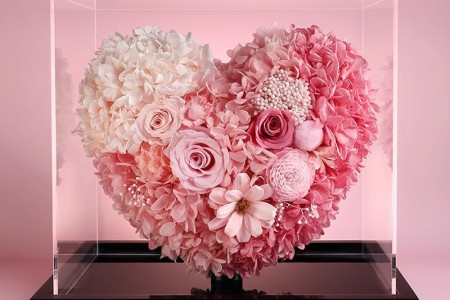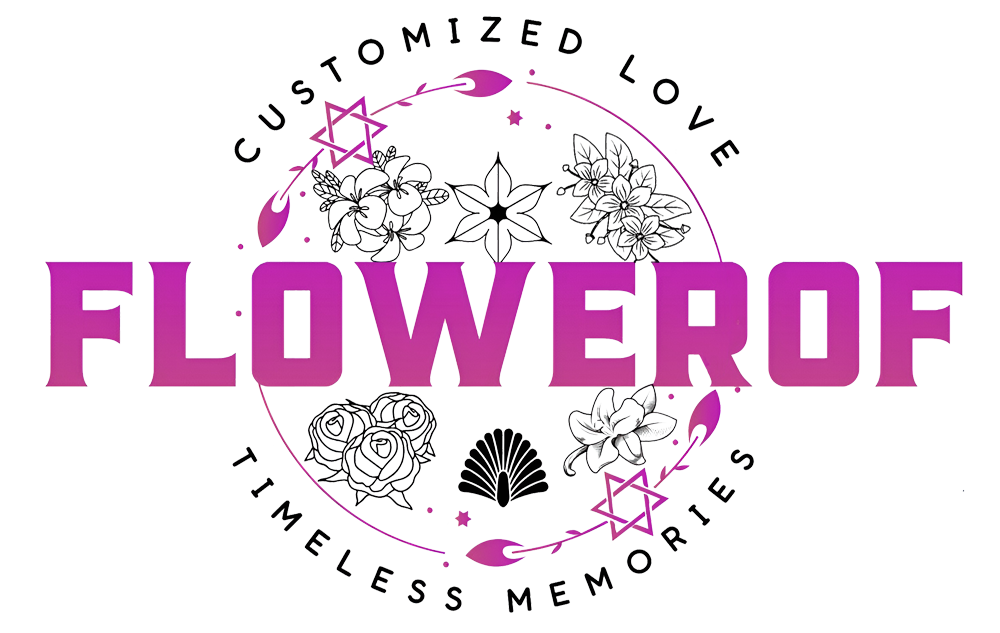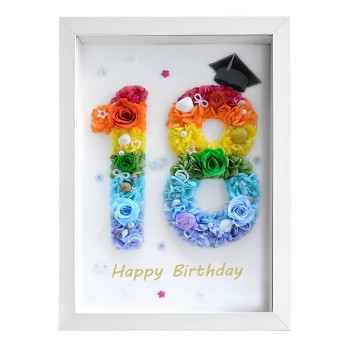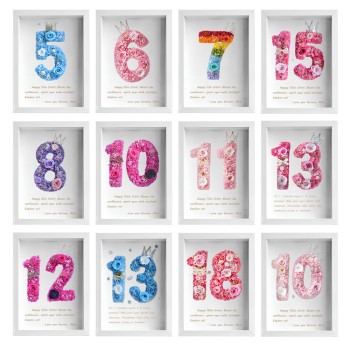-600x600.jpg)
-600x600.jpg)
-600x600.jpg)
-600x600.jpg)
-600x600.jpg)
-600x600.jpg)
-600x600.jpg)
-600x600.jpg)
Why buy from us?
Lorem Ipsum is simply dummy text of the printing and typesetting industry.
Ask a Question About This Product
Celebrate with Magic: A Birthday Card Like No Other!
Unfold a world of wonder with our 3D Light-Up Surprise Birthday Card. When opened, a stunning three-tiered cake pops up, adorned with an electronic candle that glows instantly. But the magic doesn’t stop there:
Blow to Extinguish: Gently blow on the candle—it turns off, triggering twinkling background fireworks and a joyful "Happy Birthday" melody.
Personalize Your Message: Write heartfelt wishes in the dedicated space, adding a warm, handwritten touch.
Customizable Numbers: Includes two detachable 3D number sheets (0-9). Simply pop out your chosen age or milestone and slot them onto the cake for a hyper-personalized gift.
Premium Craftsmanship: High-quality paper engineering ensures durability, while LED lights and sound components are safely embedded for repeated use.
Perfect for birthdays, milestones, or anyone who loves unforgettable surprises!
Builder in Product TAB
Frequently Asked Questions (FAQs) About Preserved Flowers
1. What are preserved flowers?
Preserved flowers, also known as "eternal flowers" or "never-wilt flowers," are real flowers that undergo a special preservation process. They are dehydrated, bleached, dyed, and dried to maintain their natural appearance, texture, and vibrancy for years. Unlike fresh flowers, they do not require water or sunlight and can last 3–5 years or longer under proper conditions.
2. How are preserved flowers made?
The production involves several steps:
Dehydration: Removing moisture from fresh flowers using a mixture of alcohol and methanol.
Bleaching: Eliminating natural pigments to prepare for dyeing.
Dyeing: Recoloring the flowers with eco-friendly dyes to achieve desired hues (even colors not found in nature, like blue roses).
Drying: Air-drying or using controlled environments to finalize the preservation.
3. What’s the difference between preserved flowers and dried flowers?
Preserved Flowers: Retain the softness, color, and shape of fresh flowers. Made through a complex chemical process.
Dried Flowers: Naturally air-dried, resulting in a brittle texture and faded colors. No chemical treatment is involved.
4. How long do preserved flowers last?
With proper care, preserved flowers can maintain their beauty for 3–5 years or longer. Factors like humidity, sunlight, and temperature significantly affect their lifespan.
5. How to care for preserved flowers?
Avoid moisture: Keep them in a dry environment (humidity below 60%).
No direct sunlight: Prolonged exposure causes fading.
Gentle cleaning: Use a soft brush or cool-air blow dryer to remove dust.
No water: Never water them, as it damages the preservation.
6. Why are preserved flowers expensive?
Labor-intensive process: Each flower is handpicked at peak bloom and undergoes meticulous treatment.
High-quality materials: Only flawless flowers are selected, and specialized dyes/chemicals are used.
Longevity: Their extended lifespan justifies the higher cost compared to fresh flowers.
7. Are preserved flowers eco-friendly?
While they reduce waste by lasting years, the production involves chemicals like methanol and synthetic dyes. Some brands use eco-friendly dyes, but sustainability varies by manufacturer.
8. Can I DIY preserved flowers?
Yes! DIY kits with preservation solutions (e.g., silica gel or glycerin) are available. However, professional-grade results require precise control of humidity and dyeing techniques.
9. What occasions are preserved flowers suitable for?
Romantic gifts: Symbolize eternal love (e.g., red roses for anniversaries).
Home décor: Perfect for long-lasting centerpieces or wall art.
Weddings: Bouquets and boutonnieres that won’t wilt.
Memorials: A lasting tribute for funerals or remembrance.
10. Do preserved flowers trigger allergies?
No! Pollen is removed during processing, making them safe for allergy sufferers.
11. What colors and types are available?
Preserved flowers come in endless colors, including unnatural shades (e.g., metallic gold or pastel gradients). Popular varieties include roses, hydrangeas, carnations, and eucalyptus.
12. Which brands are recommended?
Roseamor (Ecuador): Known for large, velvety roses.
Earth Matters (Japan): Offers diverse colors and accessories.
Verdissimo (Colombia): Specializes in vibrant, long-lasting blooms.
13. Can preserved flowers be repaired if damaged?
Minor issues (e.g., dust or slight dampness) can be fixed with a blow dryer or gentle brushing. Severe mold or breakage usually requires professional restoration or replacement.












